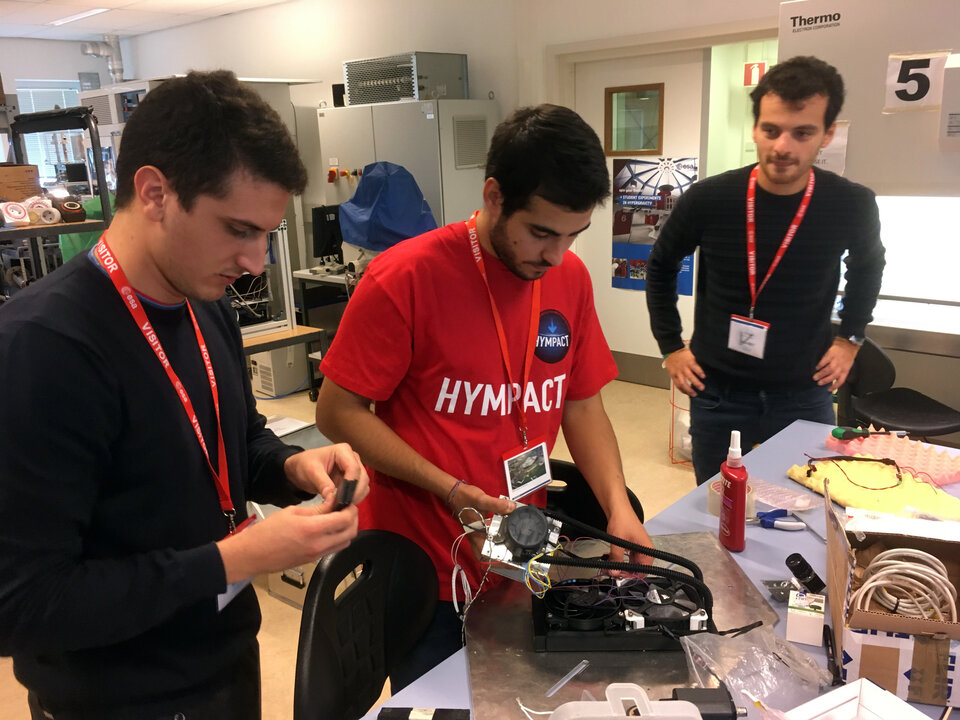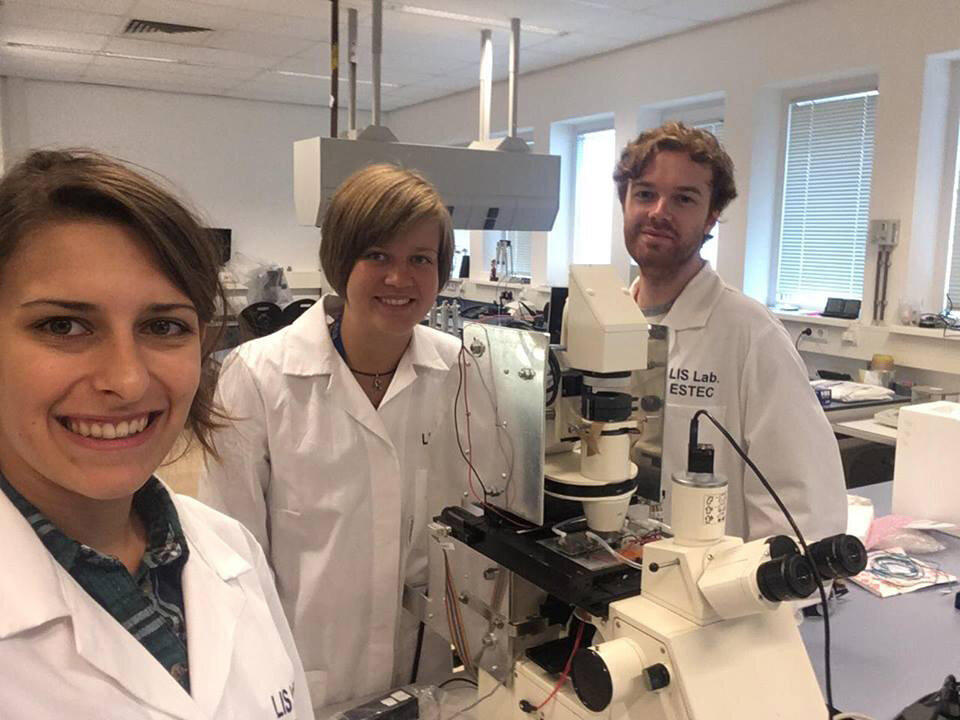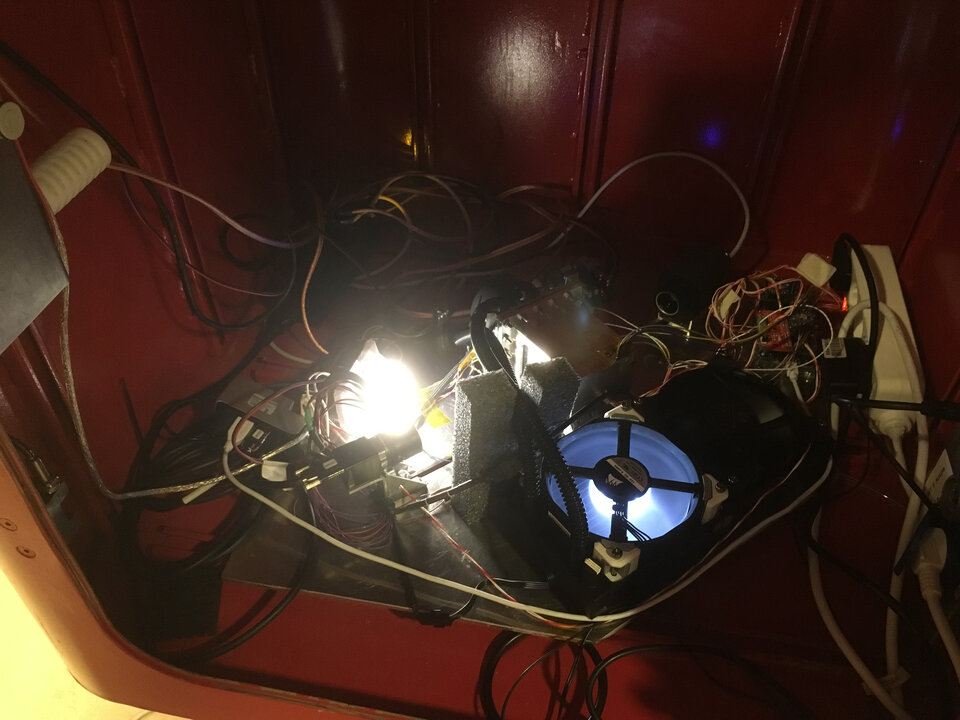High HyMPaCT science with a Twistosity
Last week, two teams of university students successfully completed their investigations in hypergravity at ESA’s Large Diameter Centrifuge facility or LDC. For the past 8 years, the ESA Education Office has exploited this resource, thus complementing the vast array of platforms from micro- to hypergravity made available to students for research purposes.
The LDC was built in 2008 in the European Space Research and Technology Centre in the Netherlands specifically for research focusing on altered gravity environment experiments. Through the Spin Your Thesis! Programme, university students can competitively gain access to the facility and run their research projects.
Benefits of hypergravity
There are numerous advantages to performing research in the LDC, g levels can be meticulously controlled for extended periods of time (the facility may allow up to 6 months’ time - although no experiment has required this to date and Spin Your Thesis! does not allow for such extended times) with a constant supply of power, gas or liquids making all sorts of experiments from physics to biology possible. While many investigators are interested in performing science in less than 1g (Earth’s gravitational force): a comprehensive investigation often requires conducting experiments in hypergravity too. These measurements can reveal surprising and, sometimes, unexpected data.
More about the teams

First to complete the allocated five day runs in the centrifuge was a team from the University of Pisa, Italy called HyMPaCt. The main goal of the team was to study the effect of different hypergravity levels on the thermal behaviour of a metallic foam/paraffin wax for thermal management and heat storage, both for ground and space applications.
The storage of thermal energy via phase-change-materials (PCMs), like paraffin wax, is characterised by noticeable benefits such as temperature control and a high thermal energy storage capacity. However, PCMs usually have relatively low thermal conductivity thus preventing high energy storage performances. This issue was tackled using a high conductivity metal foam permitting a larger fraction of the PCM to melt. HyMPaCt is the first team to ever test metal foam/paraffin wax material in hypergravity conditions.

The second team, Twistosity, was composed of students from Imperial College London and Technische Universität Dresden. Their goal was to investigate how various cells types are affected by gravity through changing viscosity of the intracellular organelles. The team used a pioneering fluorescence detection system known as molecular rotors to sense the response of cellular viscosity to hypergravity conditions. Several cell incubation conditions, molecular rotors and cell lines were tested to obtain detailed, organelle-specific information on viscosity responses to altered gravity. The results are expected to produce the first quantitative study of viscosity changes under hypergravity and, as such, will lay the foundation for mechanobiological research in abnormal gravity conditions.
Improved time management

This year, the two selected teams were allowed to test their experiments during a five-day campaign. This increased timespan took into account the inevitable integration issues to carry out all the necessary tests, thus enabling acquisition of more scientific results. The teams were at all times supported by technical staff at ESTEC and the ESA Education team, which helped the teams familiarise with the facilities and thus obtain all the results they expected to get.
Want to participate?
If you or your student colleagues would like to participate in the next Spin Your Thesis! campaign due to take place in September 2018, you have until November 5th 2017 to submit your experiment proposal. Follow the links on the left of the page for more information.






